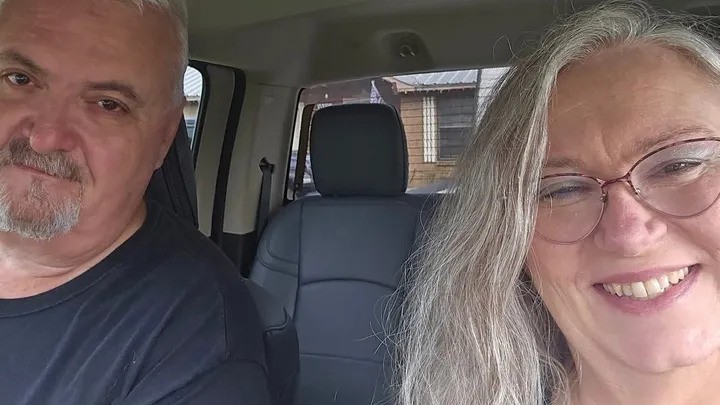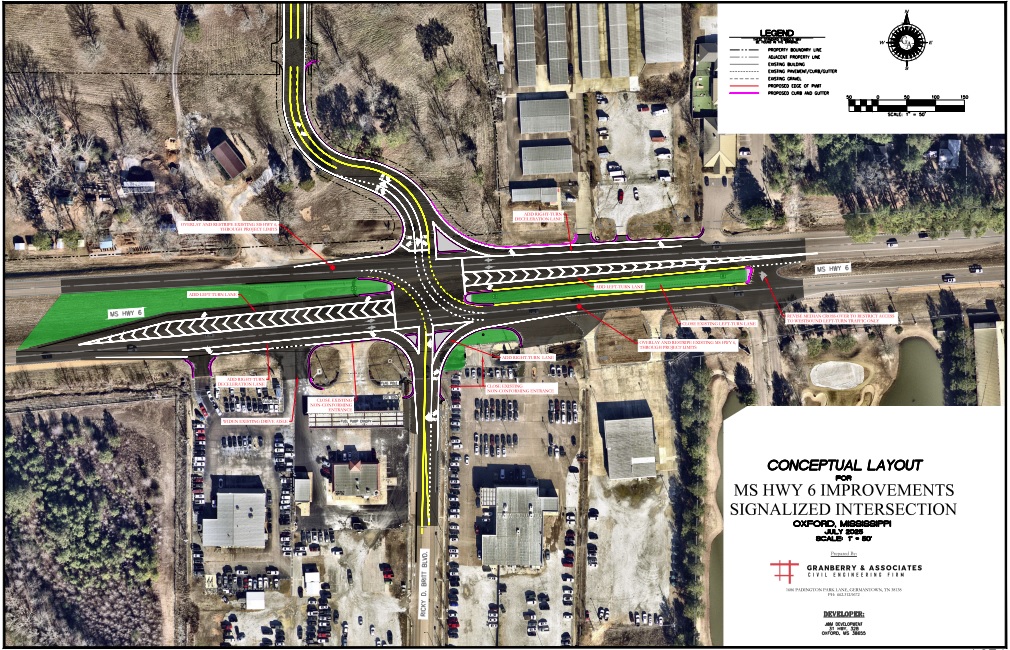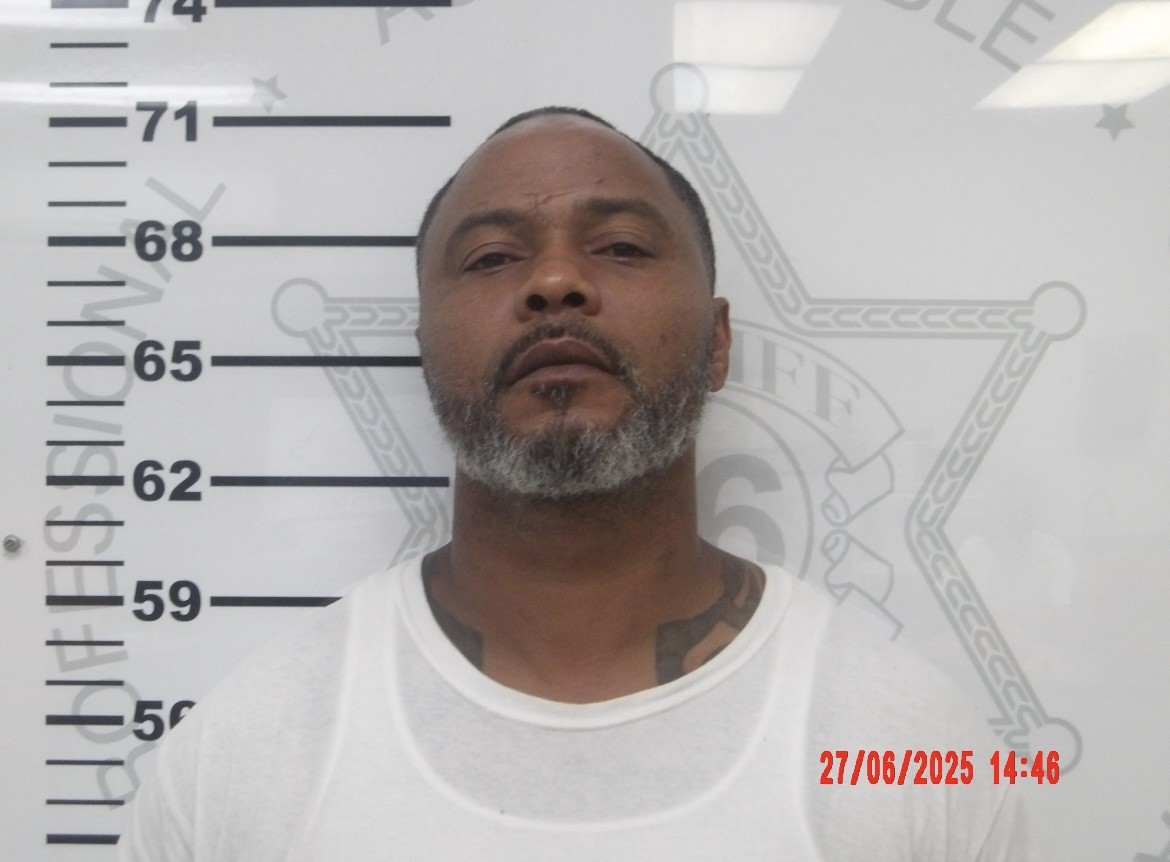UPD Chief answers: How prepared is Ole Miss for emergency situations?
Published 10:50 am Saturday, August 24, 2019

- Ray Hawkins. Photo by Kevin Bain/Ole Miss Communications
A new school year is beginning at the University of Mississippi on Monday, and there are always concerns from parents regarding the safety of their children as the leave the comfort of their homes and enter a new environment.
With the events that have transpired in recent months, those safety concerns have grown, but the University Police Department spends every summer adapting to any new threats the world may create.
“What we do for our staff is that every year, of course, we do response to active shooter training for our law enforcement officers,” UPD Chief Ray Hawkins said. “This year, we did a table topics exercise with local first responders. So, everybody is going over their playbook and making sure that we’re all on the same page and that we’re all going to support each other.”
Trending
Campus safety was brought back into the spotlight last Tuesday, when reports of an armed intruder inside a building at Louisiana State University began circulating on social media. After a couple hours, the LSU police department determined there was not an armed person anywhere on campus. It was later discovered that it was a plain-clothes officer who was on campus for a safety event that triggered someone to report what they interpreted as an armed intruder to the Louisiana Attorney General’s office.
Twitter and Facebook have taken over society as the major form of communicating news to a mass population in the fastest amount of time. Social media has also become a place for people to make threats toward other individuals or school campuses. Last week, two juveniles were arrested for sending threatening text messages claiming they were going to “shoot up” Oxford and Pontotoc schools.
“The University has tremendous resources and we have been able to forge some very meaningful relationships with the departments throughout campus,” Hawkins said. “There are departments that are able to monitor social media and they keep us abreast that they hear or catches their attention.”
Another way the UPD educates and informs students is through the active shooter training class they give to Ole Miss’ EDHD classes. The classes are not a required course for first-year students, but they are encouraged to take it. The UPD asked if they could integrate the training into the curriculum. Hawkins noted they don’t get to every student, but they hit a majority of the classes each year.
There is also an Active Shooter Guide brochure that is located at the UPD office in Kinard Hall and in other areas on campus. The brochure was created about a decade ago and contains information regarding how to safely handle an active shooter situation if one occurs on campus.
Football season begins next week and the first Ole Miss home game is in two weeks. Thousands of people will descend onto campus with over 60,000 cramming into Vaught-Hemingway Stadium. These high-population events become key targets, which UPD spends the days prior diligently planning for.
Trending
“Those are large-scale events, so there’s a lot of preparation going into the planning for the event itself, involving multiple resources on and off campus” Hawkins said. “There’s a lot of planning and coordinating then after the event there is always an opportunity to have an after-action review to discuss what went well, what could’ve been better, projections for the future on how we can respond.”
In keeping up with the technology, Ole Miss provides an app to all students, faculty, parents, alumni and visitors to campus called LiveSafe. The app gives a streamlined way for users to communicate directly with University safety officials. Much like calling 9-1-1, a dispatcher will receive the message that is sent through LiveSafe and stay in constant communication with the person who called them until the emergency situation is resolved or help arrives on the scene.
“As time has gone and as we continue to have these spontaneous incidents of violence throughout the country I think the department such as ours continue to look at ways to be a little more proactive to prevent what we can,” Hawkins said. “It takes the community to be involved. LiveSafe is a tremendous asset. If you’re in the community and you see things that cause you concern then that gives you a platform to contact us with your concerns and gives us an opportunity to respond and investigate.”





